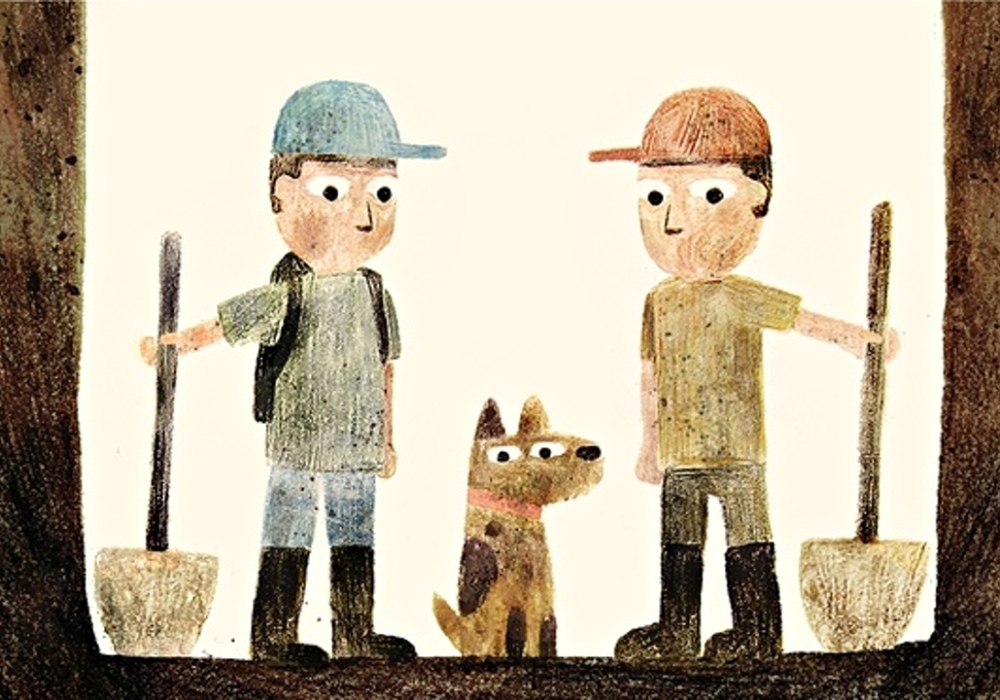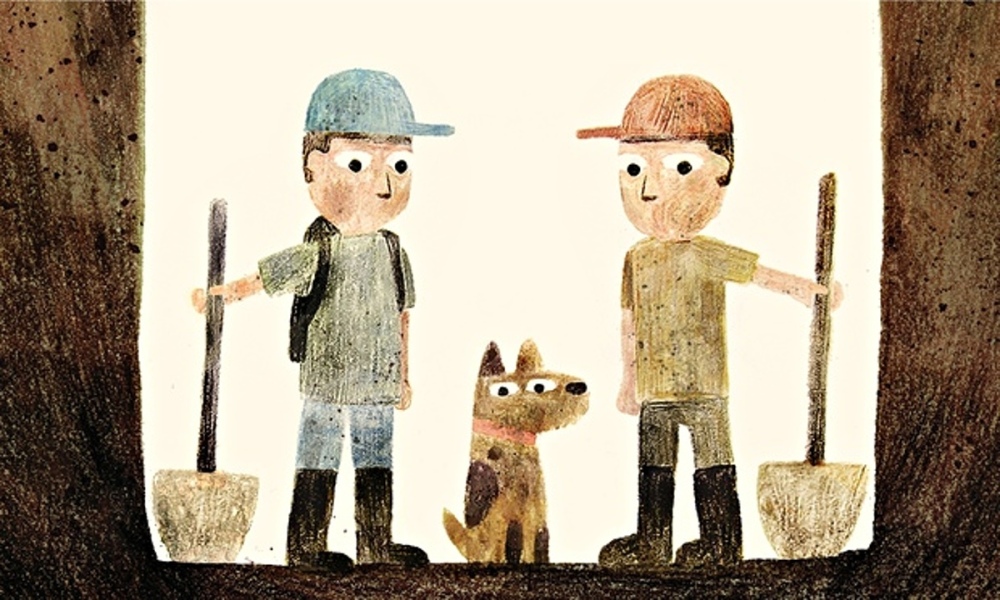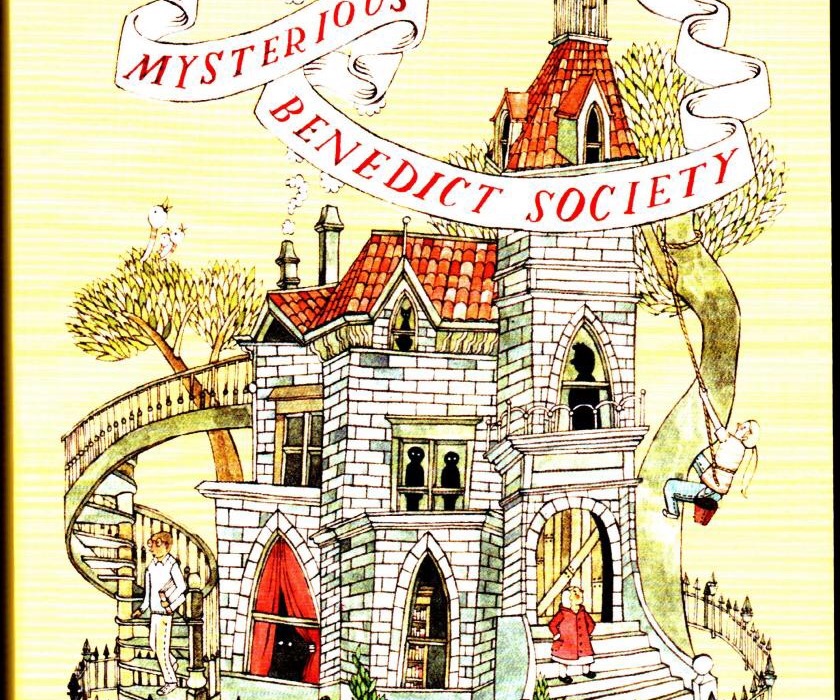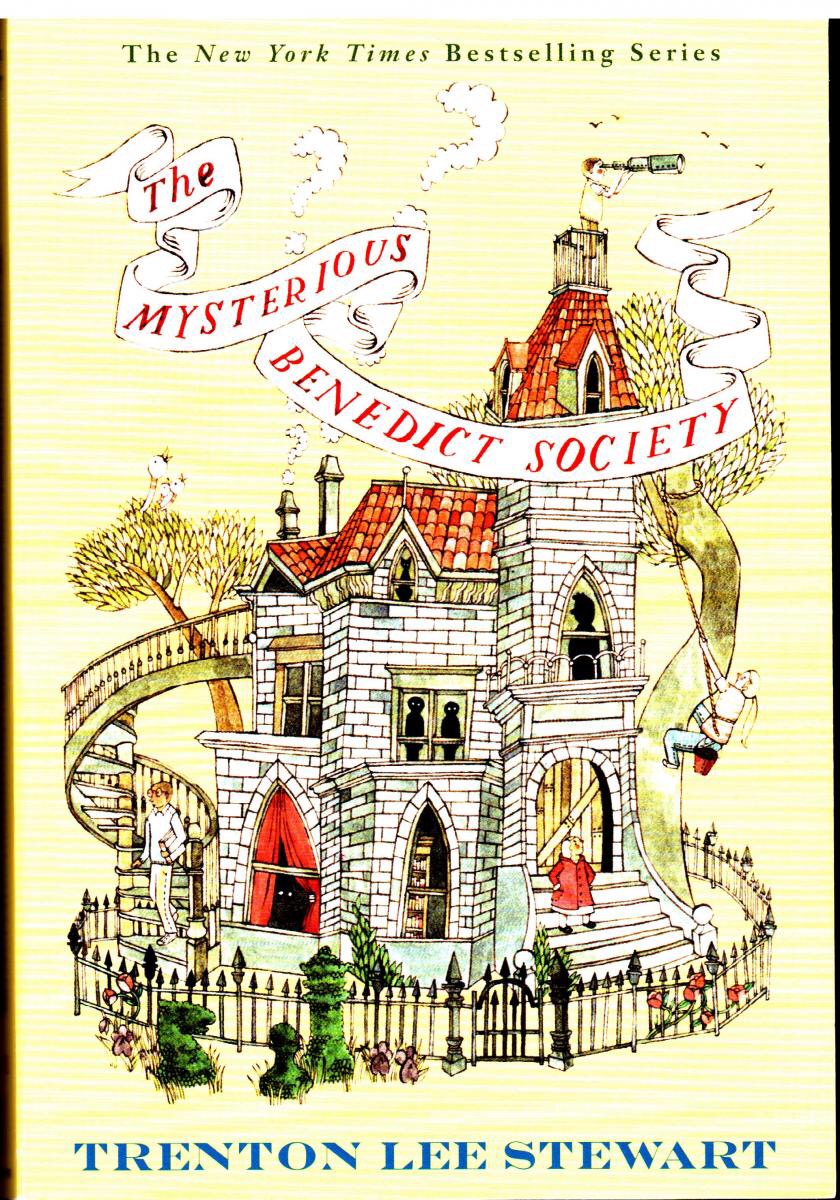As promised a few days ago, I have finally finished pulling together a few ideas around the use of William Grill’s ‘Shackleton’s Journey’ as a contextualising hook for a range of Mathematical learning.
The ideas that I am going to share are focused on Upper Keystage 2, with an additional emphasis on the development of numerical reasoning skills. For clarity, I have tried to organise the ideas using the page titles that Grill has assigned to each double page spread in the book. They actually form brilliant lesson titles for the children, not only helping to structure the story of Shackleton’s journey but also contextualising each and every lesson. This led me to choose to entitle the whole 2 week unit of work ‘Survive!’ to really get my class hooked from the outset! Keep in mind that these activities have been planned with my particular class in mind, including the extent of their prior learning. Needless to say that the length of time committed to each objective will vary from class to class.
Lesson 1 Funding and Recruitment
Starter Activity-
Use mental strategies to recall multiplication tables for 2, 3, 4, 5, 6, 8 and 10 and use to solve division problems
Use mental strategies to recall multiplication tables up to 10 x 10 and use to solve division problems
– Read through the introduction to the text – there are a number of excellent number facts contained within such as dates. Challenge the children by asking then to devise some questions based on these numbers. What links are there between these numbers? (Reasoning – Identifying Patterns)
Main Activity –
Order and compare the cost of items up to £1000
Add and subtract totals less than £100 using correct notation, using whole number and decimals
Plan and track money and savings by keeping accurate records. Realise that budgeting is important
Read through The Crew and display the image. Then set the challenge of using taking charge of a total budget of £20,000 to crew the ship (not as simple as £1000 per person as there are more than 20 crew members – How much will you pay each crew member? The children must justify choices, listing the individual salaries in descending order in a format of their choice.
Lesson 2
Starter Activity –
Multiply and divide decimals by 10 and 100
Again, using The Crew page, make reference to a salary list generated by the children from previous session. Explain that Shackleton is considering crew costs and structure. He has chosen to multiply the number of (choose a specific crew role) by 10 and the salary cost is now (choose a corresponding cost from the given salary list). Which crew role was it? Repeat with multiplying by 100. Then divide one salary over 10 weeks – how much pay? 100 weeks? (Reasoning – Identifying Patterns)
Main Activity –
Order and compare the cost of items up to £1000
Add and subtract totals less than £100 using correct notation, including whole numbers and decimals
Plan and track money and savings by keeping accurate records. Realise that budgeting is important
Move on to read The Dogs page to the children. It shares the information that 69 dogs were selected to support the trip. Having provided the children with a list of possible foods/prices (possibly taken from a current supermarket website) the children should apply the skills they developed in the previous session to cost out the provisions needed to feed the dogs.
Lesson 3
Starter Activity-
Add and subtract numbers using whole numbers and decimals
Referring back to The Dogs page, pose a series of questions about decimals complements within 10 (Children could have decimal complements to 10 grid as support) e.g. 1 dog needs 2 kg of food in one meal – if I have 1.4kg of meat, how much dry mix do I need? How else could I make the 2kg meal? How about 3 dogs? (Reasoning – Justifying)
Main Activity-
Extract and interpret information from an increasing range of diagrams, timetables and graphs (including pie charts)
Represent data using lists, tally charts, tables, diagrams and frequency tables
Read through the next phase of the story, Equipment and Supplies. The children should then be provided with individual cost of items shown on the diagram in book. This is a really detailed image, as shown above, and the children will need to extract from diagram the total number of each item to calculate their total costs– however, there are some aspects that will require them to make decisions and justify these choices i.e. is a big barrel double the cost of a small barrel? What would the total budget be? The children should also be challenged to represent their results in a table.
Lesson 4
Starter Activity-
Make use of conversions e.g. ¼ of a km= 250m
Record measurements in different ways e.g. 1.3kg = 1kg 300g
Again making use of the Equipment and Supplies page, play the Psychic Game with the children. Start by telling them that you are thinking of a number between 500g and 2 ½ kg. (Really ham-up the psychic powers bit for effect!) The children should all individually write their answers. Then reveal your number to the class. Each table team should then look through their guesses and try to pick one answer that has a justifiable link to the teacher’s number. Each table then shares their answer and justification (hopefully mathematical i.e. if you multiply my number by 10 and add 5 you get your number) for the teacher to score.
Main Activity-
This session should be available for the children to complete yesterday’s task and then take the time to share their reasoning and problem solving skills with the rest of the class.
Lesson 5
Starter Activity –
Calculate start times, finish times and durations using hours and minutes
Use and interpret timetables and schedules to plan events and activities and make calculations as part of the planning process
Move on to share the Setting Sail/From England to South Georgia pages from the text. The children should be given key dates from journey (including mixed units – days, dates etc). Can they work out from this information how long this stage of the journey took? How many months? Days? Hours? (Reasoning – Interpreting)
Main Activity –
Use coordinates and grid references to specify location
All map lovers will adore the next activity – introduce the children to the Expedition Map. The teacher should then model the use of coordinates and, for differentiation, 6 figure grid references using Map of South Georgia from text.
The children should then be asked to respond to questioning to consolidate understanding i.e. using ‘The Answer is…’ activity, with a range of possible questions on board. Can the children match the correct question to the given answer? (Reasoning – Generalising, Identifying Patterns)
Lesson 6
Starter Activity –
Extract and interpret information from an increasing range of diagrams, timetables and graphs (including pie charts)
Display a pie chart for the children – out of context of the story but relevant to the class, such as number of boys/girls, numbers of letters in first names of pupils. However, the pie chart should be unlabelled and untitled with no key. What is the story of this pie chart? (Reasoning – Generalising)
Main Activity-
Use coordinates/grid references to specify location
Return to the Expedition Map. The children should then be challenged to apply their skills in the use of coordinates and/or 6 figure grid references from yesterday to expedition map. Teacher to pose a series of relevant questions such as What would the coordinates/grid references be for each key point in the journey? How would you reference the Landmarks? What was the sequence of the journey? (Reasoning – Generalising)
Lesson 7
Starter Activity –
Use understanding of simple fraction and decimal equivalences when measuring and calculating
Use understanding of simple fraction, decimal and percentage equivalences.
Extend the retelling of the story to include the pages entitled ‘Into the Weddell Sea’. Explain to the children that they are working in freezing temperatures on deck, keeping watch for ice bergs and other dangers. Ask them to consider their response to ‘Would you rather spend 50% or 6/8 of the day on deck?’ with them justifying their choices mathematically (Reasoning – Justifying)
Main Activity –
Extract and interpret information from an increasing range of diagrams, timetables and graphs (including pie charts)
This session will move away from the pages of the book to enable a Silent debate activity to take place. The children will be presented with a series of graphs showing different info relating to journey/Antarctica but with scales, labels etc removed. Each graph will be glued to the centre of a large piece of paper. Each individual piece of paper will be displayed in different areas of the room. They will then silently visit each graph, noting their guesses about the purpose/information shown in one colour pen and the facts they can extract in another colour. What does the graph represent? (Reasoning – Guessing, Comparing, Justifying)
Lesson 8
Starter Activity –
Use understanding of simple fraction and decimal equivalences when measuring and calculating
Use understanding of simple fraction, decimal and percentage equivalences.
Now the tension is really going to build! Move on to explore the pages entitled Endurance Stuck! The children will learn that the ship is stuck in pack ice. They have been tasked with the job of clearing the ice away. Would you rather spend 25% or 2/4 of your day digging? How about 0.75 or 2/3 of your day digging? The children should mathematically justify their responses and could show their working on whiteboards. (Reasoning – Justifying)
Main Activity –
Represent data using lists, tally charts, tables, diagrams and frequency tables
Now that the level of jeopardy has increased, the children should be hooked! Move on to the Winter Months pages. The children should be provided with a set of data about the length of daylight hours between May and July (this can easily be sourced online through Google). Ask the children to choose a method of graphing this data? Once they have constructed this, they should then explain why. (Reasoning – Justifying /Visualising)
Lesson 9
Starter Activity –
Recognise acute and obtuse angles
The pages entitled ‘Pressure’ provide excellent stimulus for work on angles. Explain that the Endurance tilted to a 30 degree angle in the pack ice. Children to make and measure this angle on the interactive whiteboard using an on-screen protractor or simply card angle representations with split pins – they should explain reasoning i.e. I know it is less than 90 degrees etc. Repeat with other angles. Would you be able to easily stand on the deck at each of these angles? (Reasoning – Justifying, Generalising)
Main Activity –
Represent data using lists, tally charts, tables, diagrams and frequency tables
Use understanding of simple fraction and decimal equivalences when measuring and calculating
Move on to read Endurance Lost. Introduce the children to PBS Nova Weighty Decisions activity (available online through Google)– which raises the question about what Shackleton chose to recover from the wreck of the ship to stage their escape. Without knowing Shackleton’s final decisions, the children should be asked to make their own decisions about what to take, choosing their own format to organise and collate the information, including the weight of each item (with the consideration that each person could carry 100lbs = 45Kg; 1lbs = 2.2kg). At the end of the session, the children will be interested to know what Shackleton chose and some of the intriguing reasons why – such as the choice to carry oil paints; for the purpose of waterproofing leaks in their small rowing boats.
Lesson 10
Starter Activity-
Calculate temperature differences, including those involving temperature rise and fall across 0°C
In the story, the team have now reached the Ocean Camp. The children should be presented with samples of monthly temperatures from the Antarctic during the winter months (again easily and freely available via Google). Which two consecutive months greatest range? How much did the temperature rise/fall between the x month and y month etc? (Reasoning – Patterns, Comparing)
Main Activity –
Calculate temperature differences, including those involving temperature rise and fall across 0°C
Find differences between numbers with 1 decimal place
Calculate Mean, Mode, Median and Range of a set of data
Continuing to focus on the Ocean Camp pages, the session will continue to focus on temperature and negative numbers. The children will be provided with a range of temperature data, taken from the Antarctic, for months relevant to this stage in the story, to sequence and graph on a line graph – with a focus on arriving at the mean, mode, median and range of the data.
Finally – set aside some time to share the end of the story, so that the children can realise what an amazing achievement the was made. All returned safely despite incredible odds!
If the focus on reasoning skills has also peaked your interest in this area of Maths, there are some great texts by ATM – one which I use heavily is called ‘We can work it out’ and is brilliant for developing mathematical reasoning and group problem solving.
There you have it, my thoughts on the use of this wonderful text in a Mathematical context! I am sure that there are many other potential uses for the text in a similar vein and I would love to hear about your adventures alongside Shackleton!

 After many years of using the book with KS2 children, I have come to think of it as the perfect classroom text. Susan Price has created a rich and exciting story which is told in a comparatively short book, which makes it ideal for classroom use…helping to avoid those terrible moments at the end of the year when your poor class leaves you without you ever reaching the end of your weighty class text.
After many years of using the book with KS2 children, I have come to think of it as the perfect classroom text. Susan Price has created a rich and exciting story which is told in a comparatively short book, which makes it ideal for classroom use…helping to avoid those terrible moments at the end of the year when your poor class leaves you without you ever reaching the end of your weighty class text.
 This wonderfully whimsical and deceptively simple tale provides many rich opportunities for learning across the curriculum. The story of Sam, Dave and their Dog is all about them choosing a dig a hole but, unbeknownst to them, every time they are on the verge of a great discovery the trio veer off in a different direction and miss an amazing opportunity.
This wonderfully whimsical and deceptively simple tale provides many rich opportunities for learning across the curriculum. The story of Sam, Dave and their Dog is all about them choosing a dig a hole but, unbeknownst to them, every time they are on the verge of a great discovery the trio veer off in a different direction and miss an amazing opportunity.









